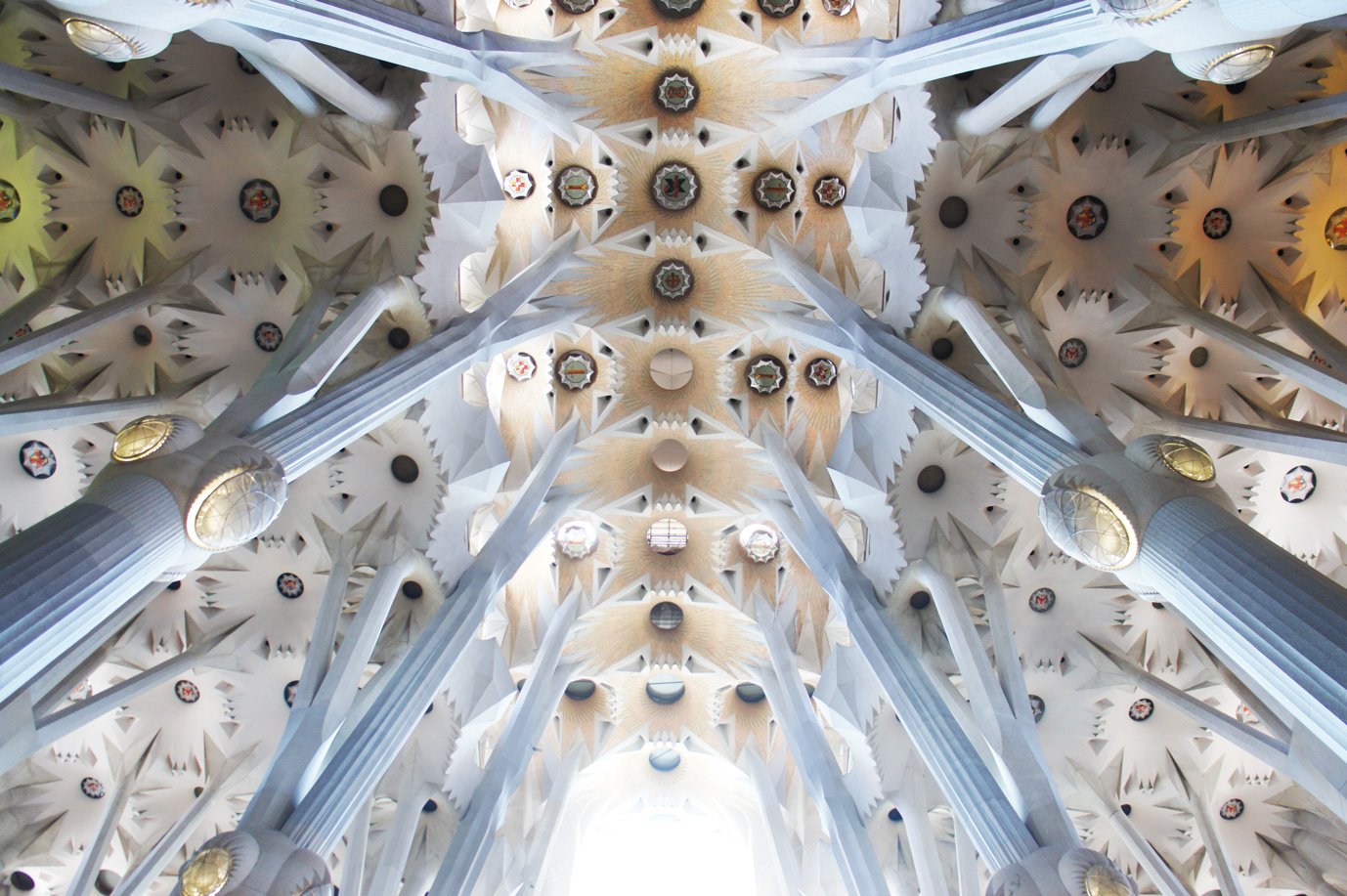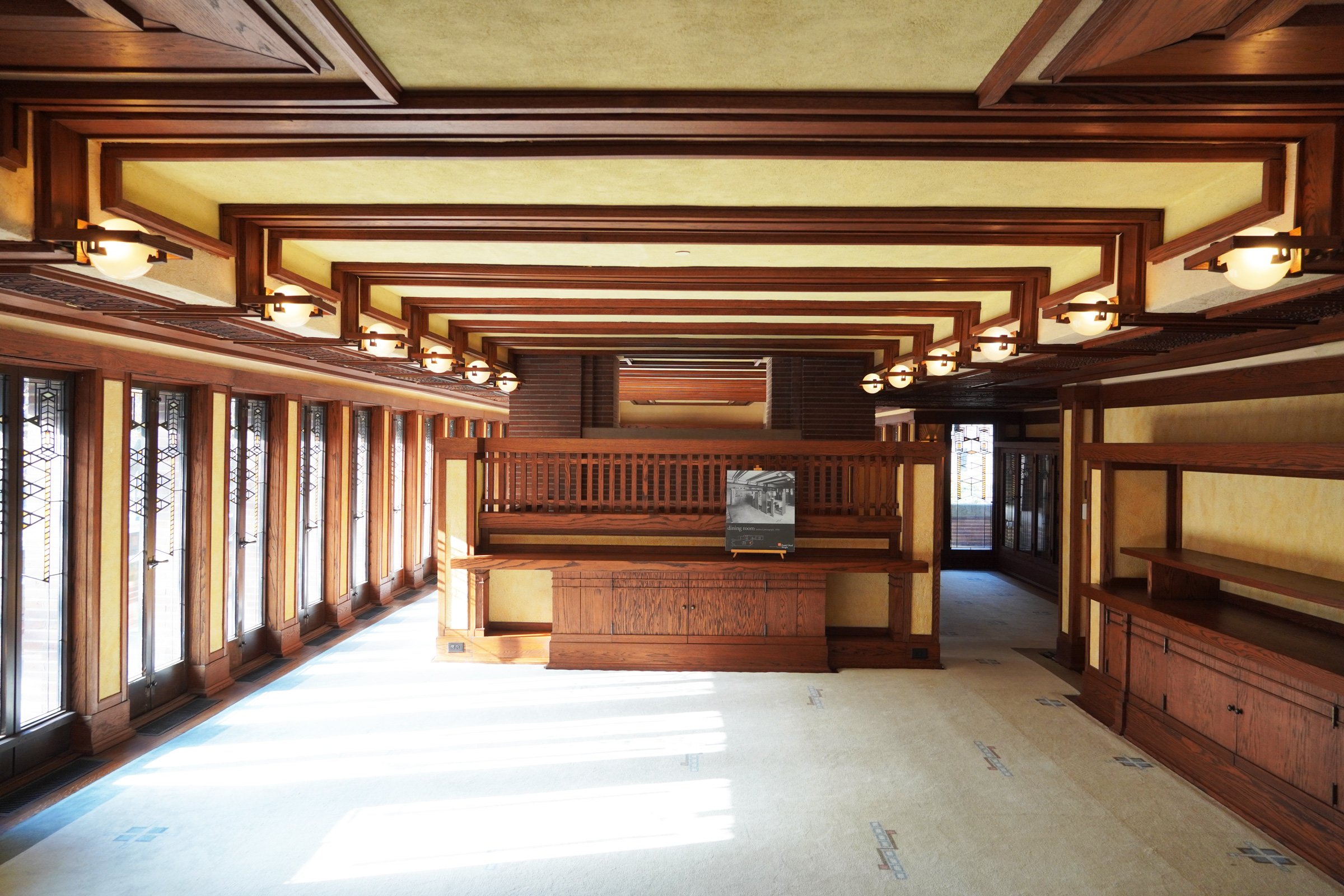The Dark Side of Ancient Roman Cities
Watercolor sketch of Arch of Constantine with Colosseum in the background. Original watercolor postprocessed digitally. Image copyright 2024 Mitchell Rocheleau
The Dark Side of Ancient Rome
Rome's history is often presented as a glittering metropolis full of architectural excellence, sophisticated engineering, extensive paved roads, and glorious monuments. Our contemporary entertainment industry romanticizes the tales of Roman emperors, warriors, gladiators, and politicians. When we visit the ruins, we imagine the daily life of the ancient Romans as a pageant of prosperity and industriousness that supported the growth of an ancient utopia. These aspects and portrayals of Rome have a degree of truth behind them. However, a darker side of Rome has managed to evade the limelight.
Mainstream history suggests that the fall of Rome was primarily due to repeated outside attacks by the barbarians; however, I believe the most pernicious attack on Rome came from within its own walls. The people's culture, mindset, values, and psychology rotted the city of Rome from within, resulting in an incredibly dark, hollow, and meaningless daily existence for the average Roman citizen. This phenomenon can be identified by examining how the city, its buildings, and its infrastructure evolved over time.
Roman Culture
Over time, the Romans developed a hedonistic culture, mindlessly pursuing pleasure of all forms with difficulty integrating moderation, restraint, industriousness, and balance. These more admirable character traits and aspirations had been at the foundation of the Greek society, one of the forebearers of Roman civilization. For this reason, I believe it is essential to examine how this transformation took place to become aware of and prevent it from happening in our contemporary culture.
“…the culture was often revolting and sometimes a veritable cesspool of human debasement and iniquity.” (Mumford 208)
As Rome grew from a collection of small villages founded on agrarian principles of hard work ethics, these traditional values faded, and the attainment of pleasure and entertainment pervaded. This led to the dissolution of individual character, one of the core principles that made Greek and early Roman civilization so successful. The shifting of value systems, assimilation of the hedonistic mindset, and devaluation of individual human life spread like cancer throughout the empire.
Living Conditions in Ancient Rome
Photograph of the Coliseum in Rome. Copyright 2024 by Mitchell Rocheleau
Rome was a growing city that had to cope with massive numbers of people, many of whom were lower-class citizens confined to abhorrent living conditions. A large portion of their funds and energies were not directly aimed at the problem of helping the lower class. Rather, they built large-scale buildings and infrastructure, which acted as a guise or distraction that covered up the deplorable conditions of much of the city. These monuments portrayed an aura of imperial magnificence without addressing the real problems of Roman society withering away in the background.
“The little people came off badly, for the jaws of the upper classes are always keeping carnival. While a handful of patricians, about eighteen hundred families, occupied large private mansions, often with ample gardens and houses big enough to contain a whole retinue of free servants and slaves.” (Mumford 219)
The lower class were stuffed into tenement houses in dismal living conditions, whose structures were susceptible to fire, collapse, proliferation of sickness, and all sorts of vile activity. They were cramped, noisy, and infected with disease. Natural light and fresh air were absent, resulting in physical and mental illness of all forms.
Profiteering landlords ran these tenement houses, often subdividing the interior spaces into smaller rooms to increase their rentable units. These units hardly satisfied the basic human functions of a home. The virtues, rituals, and functions ancient humans could practice, even in the more primitive villages of an earlier age, were stripped away from them in the Roman tenements. This resulted in a degraded, less valued, and absent physiological nurturing environment. This psychology spilled out into the city and spread like wildfire.
“These buildings and their people constituted the core of imperial Rome, and that core was rotten.” (Mumford 221)
Disposal Infrastructure of Ancient Rome
Rome made many advancements and skillful implementations of infrastructure in its cities; however, most of these systems were reserved for the upper class. Ancient Rome fell massively short of providing adequate sewage disposal for the areas of the city that needed it most: its large tenement housing areas. These developments were grossly underserved.
In place of an organized sewage and refuse disposal system for the densest parts of the city, the Romans used an assemblage of pits where they disposed of any refuse, including dead carcasses, slaughtered beasts from gladiatorial events, and human excrement. Rodolfo Lanciani, an archeologist, examined the pits and found a “uniform mass of black, viscid unctuous matter,” that had been buried for nearly twenty centuries. During the excavation, he had to evacuate his team due to the putrid, unbearable smell.
Photograph of the Arch of Constantine with Coliseum behind. Copyright 2024 by Mitchell Rocheleau
The Spectacle of Entertainment in Ancient Rome
The development of the arena was a Roman innovation. Over time, the traditional forum and agora began to accommodate horse and chariot races and other forms of entertainment. The Coliseum was built to move these activities into a proper forum that could house massive spectators. Initially, the entertainment events held in Roman arenas may have looked like Greek Olympic events. Still, over time, more and more brutality became necessary to satisfy the bloodthirsty appetites of the crowds. There was mass murder of exotic animals, slaves, and gladiators at scale.
“Roman life, for all its claims of peace, centered more and more on the imposing rituals of extermination. In the pursuit of sensations sufficiently sharp to cover momentarily the emptiness and meaninglessness of their parasitic existence, the Romans took the staging chariot races, spectacular naval battles set up in an artificial lake, theatrical pantomimes in which the strip tease and lewder sexual acts were performed in public. But sensations need constant whipping as people become inured to them: so the whole effort reached a pinnacle in the gladiatorial spectacles, where the agents of this regime applied a diabolic inventiveness to human torture and human extermination.” (Mumford 229)
These events and rituals became normalized in Roman society. When such large amounts of people began to accept and sanction these events, their madness and pathological nature became commonplace. This pathology then gained momentum and spread within the community, making it increasingly difficult for individuals to objectively question the ethics behind the activity. This phenomenon in history was repeated in the Nazi concentration camps of WWII. Are there activities in our contemporary culture that need to be challenged, but are difficult to do so because of the seemingly mass adoption?
Economic Conditions that Underlay the Decay
Over time, a dole or regular handout of bread became commonplace in Rome. This act, although well-intentioned, crippled the industrious nature of Romans and created a parasitic relationship where the citizens relied too heavily on the government. Bread and brutal entertainment in the form of circuses or gladiatorial events were provided gratis and was all the people needed to subsist.
In addition to governmental enabling, a growing number of public holidays were instituted throughout the city. They increased to nearly 160 days of the year. Parades, circuses, and celebrations turned into government-funded drunken debauchery of the highest level, fully funded.
“Rome turned every refinement of culture, every decency of daily life, into something at once lurid and brutal, sensational and disgusting, pretentious and meaningless.” (Mumford 225)
Photograph of the Coliseum in Rome. Copyright 2024 by Mitchell Rocheleau
The End of the Empire
It can be argued that the Roman people's assimilation and gravitation towards Christianity were reactions against the hedonistic culture that had developed inside its city walls. Citizens sensed that the ostentatious and pompous overindulgence, brutality, and delusional way of life were meaningless, hollow, and lacked purpose. The new religion offered a different set of values, virtues, and moral compass. It was a way out of the hedonic cycle promoting the ideals of peace, humility, sacrifice, self-responsibility, and community.
It is important that we learn from Rome's realities, as many of the same characteristics are beginning to emerge in our contemporary culture, specifically in America. Overindulgence and addictions mimic those seen in ancient Rome. Is our contemporary culture skewing too far towards the perils of hedonistic pursuits, brainless entertainment, and reliance on governmental subsistence? Do we go about our daily lives lacking meaning and purpose, thus fostering a hollow and soulless existence? What insight are our cities and buildings offering, and what can this insight reveal about the value of our structures?
Conclusion
From an architectural and aesthetic perspective, Rome can be seen as a case study of idyllic perfection worthy of admiration and a source of reference for centuries to come. Undoubtedly, Roman architecture and engineering are massive accomplishments in human history. However, these accomplishments cannot be studied in a vacuum.
Like all cities, there is a cultural and societal context in which the buildings are incubated. Understanding this context provides a significantly richer understanding of the buildings themselves and the evolution of human culture at large. For this reason, we need to examine the realities, many of which were darker than we would like to admit, that constituted the city and culture of ancient Rome.
Bibliography
Mumford, Lewis. The City in History: Its Origin, Its Transformations, and Its Prospects. Penguin in Association with Secker & Warburg, 1966.


































Principal and Architect of ROST Architects, Mitchell Rocheleau, discusses the significance of The Grand Louvre designed by Architect I.M. Pei, the history of the Louvre, design process, design theory and ideas behind the project.